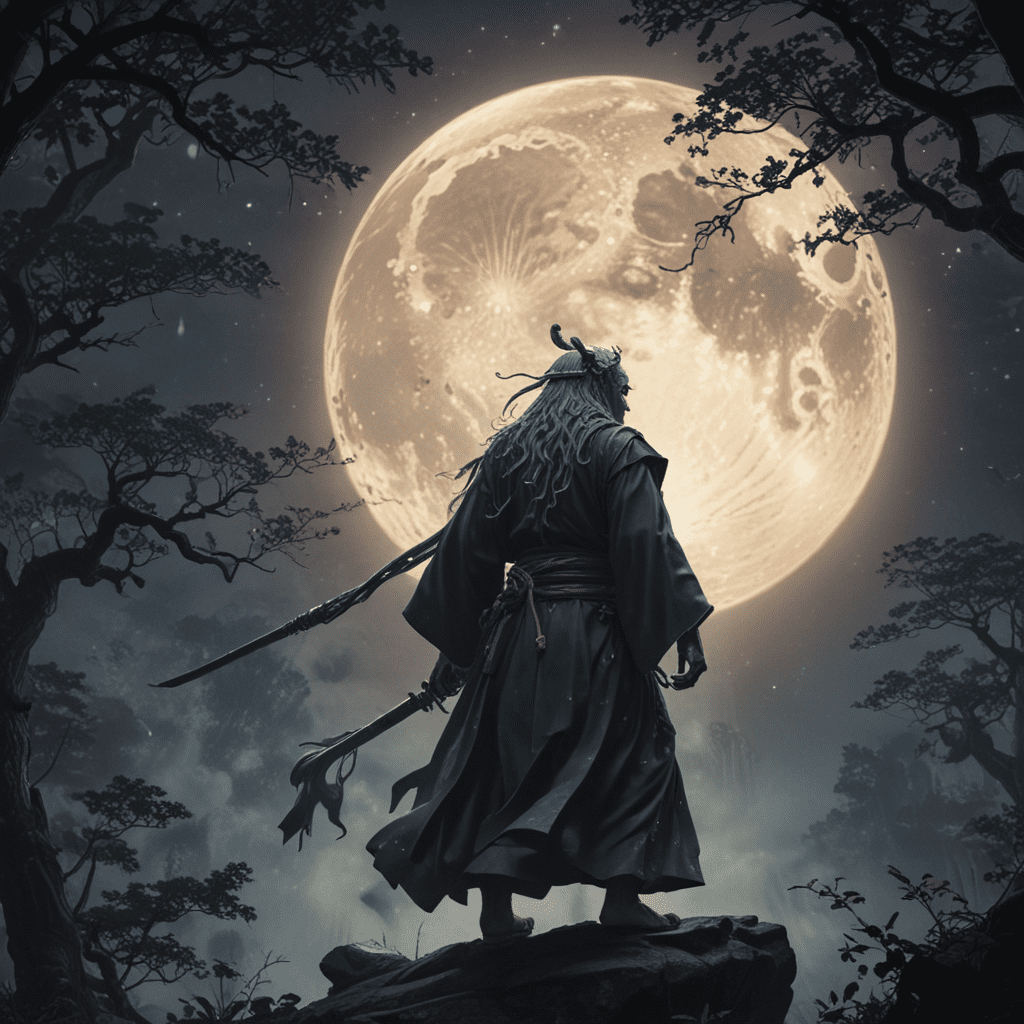The Emu in the Sky: A Constellation in Australian Aboriginal Mythology
Introduction:
In the vast, starlit tapestry of the night sky, ancient stories unfold, connecting cultures across time and continents. The Emu in the Sky, a constellation renowned in Australian Aboriginal Mythology, embodies this timeless narrative, inviting us on a celestial journey steeped in rich cultural significance, symbolism, and the wisdom of the Dreamtime.
Aboriginal Mythology and the Night Sky:
For thousands of years, Indigenous Australians have gazed upon the celestial vault, perceiving patterns in the stars that form the basis of their intricate Dreamtime stories. The night sky is a celestial theater, where constellations embody ancestral beings, animals, natural phenomena, and cultural heroes.
The Emu as a Celestial Figure:
The Emu is one such celestial figure, revered by Aboriginal people across Australia. This flightless bird is a prominent symbol of strength, adaptability, family bonds, and the enduring spirit of survival in the harsh outback landscape. As the Emu ascends to the night sky, its celestial form immortalizes its earthly presence and perpetuates its cultural significance.
The Emu Constellation: Physical Characteristics:
The Emu constellation, scientifically designated as Rhea, is located in the Southern Hemisphere. Its prominent features resemble the silhouette of an emu standing upright. The bright stars Alpha, Gamma, and Delta Rheae form the bird's head and neck, while the dimmer stars to the south delineate its long body and legs.
The Dreamtime Story of the Emu in the Sky:
At the dawn of time, during the era of the Dreaming, a great Emu roamed the land with its loyal companion, a Kangaroo. As the stars emerged in the night sky, their celestial forms took shape, immortalizing the bond between these two animals. The Emu, forever etched into the cosmic canvas, serves as a reminder of family, friendship, and the enduring legacy of Aboriginal culture.
6. Variations in the Emu Constellation Across Aboriginal Nations
The Emu constellation holds cultural significance for various Aboriginal nations across Australia. While the overarching Dreamtime story remains consistent, variations in celestial interpretations exist. In some Aboriginal cultures, the Emu is depicted as a male figure, representing strength and virility. In others, it is seen as a female figure, embodying motherhood and fertility.
7. Cultural Significance of the Emu Constellation
The Emu in the Sky serves as a beacon of cultural identity and connection for Aboriginal people. It symbolizes the enduring bond between humanity and the natural world, reminding them of their ancestral heritage and the importance of respecting the land and its creatures. The constellation is also believed to hold spiritual significance, guiding travelers and providing protection during journeys.
8. The Emu in Contemporary Art and Literature
The Emu in the Sky continues to inspire contemporary Aboriginal artists and writers. In paintings, sculptures, and other art forms, the Emu is depicted in vibrant colors and intricate designs, reflecting the rich storytelling traditions of Aboriginal culture. In literature, the Emu often features as a central character in Dreamtime stories and contemporary Indigenous narratives, bridging the gap between past and present.
9. The Emu as a Symbol of Indigenous Identity
In recent years, the Emu has emerged as a powerful symbol of Indigenous identity and pride. It represents the resilience, adaptability, and cultural resilience of Aboriginal people in the face of adversity. The Emu is often incorporated into Indigenous flags, logos, and public artworks, serving as a reminder of the ongoing struggle for recognition and self-determination.
10. Conclusion
The Emu in the Sky is a celestial tapestry woven with the threads of Aboriginal mythology, cultural significance, and contemporary expression. It is a testament to the enduring power of storytelling and the deep connection between Aboriginal people and the cosmos. As the stars continue to shine in the night sky, the Emu constellation will forever remain a symbol of resilience, wisdom, and the enduring spirit of Indigenous Australia.
FAQ
Q: What is the scientific name for the Emu constellation?
A: Rhea
Q: What is the significance of the Emu constellation in Aboriginal culture?
A: It represents strength, family bonds, and cultural identity.
Q: How is the Emu constellation depicted in contemporary art and literature?
A: In vibrant colors and intricate designs, often as a central character in Dreamtime stories and Indigenous narratives.
Q: What does the Emu symbolize in terms of Indigenous identity?
A: Resilience, adaptability, and cultural resilience.



